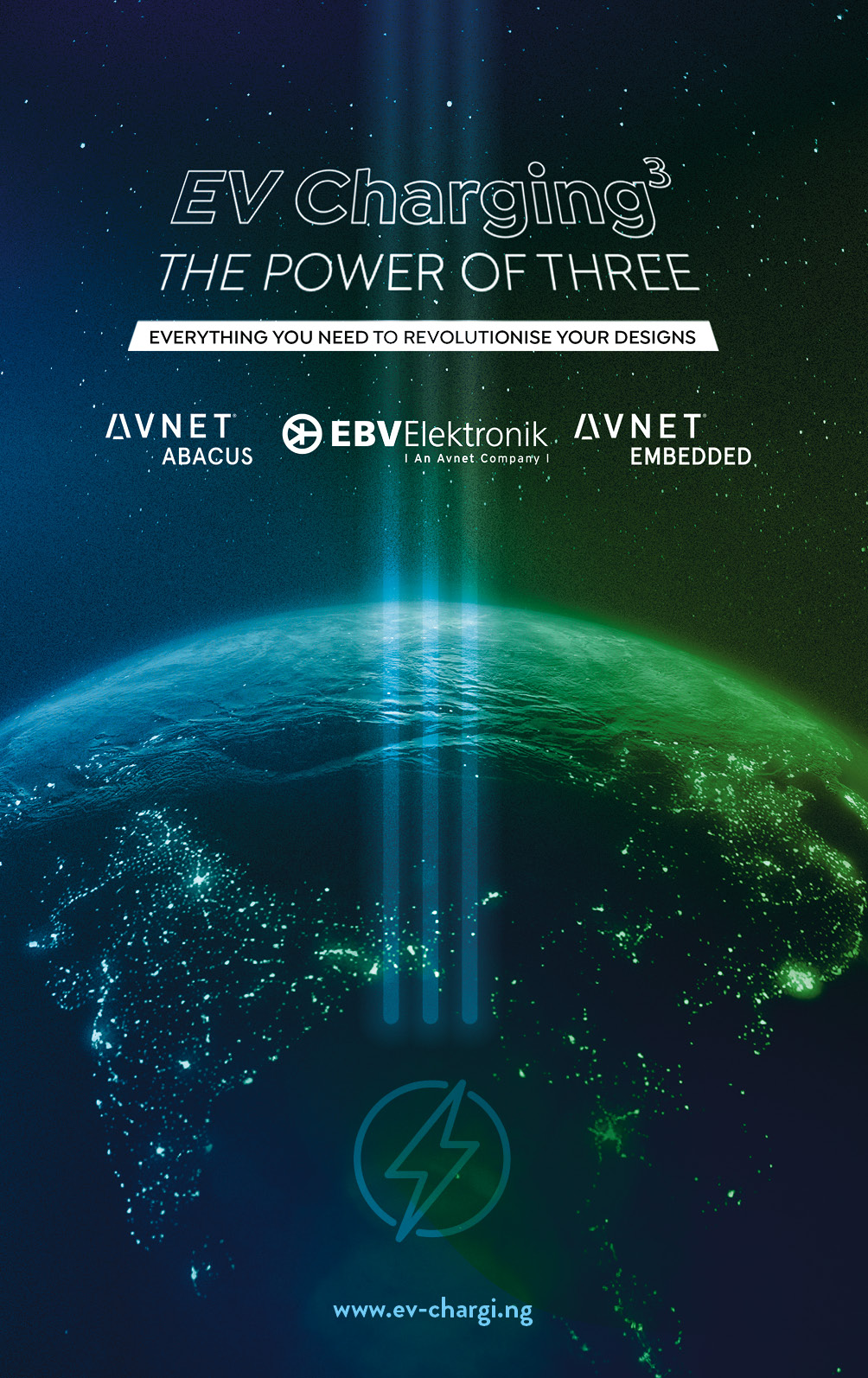Modern charging stations are much more than just a socket for electric cars. With integrated energy management and bidirectional charging, they help to keep the electricity grid stable, improve the integration of renewable energy, and create additional revenue streams for energy companies and homeowners.
Electrification of the mobility sector is an important factor in achieving the European Union’s CO2 reduction targets. “As an industry, we have the right vehicle technology readily available,” says Oliver Zipse, Chairman of the Board of Management of the BMW Group and President of the European Automobile Manufacturers’ Association (ACEA).
“Making sure that enough Europeans buy these vehicles over the coming years largely depends on how quickly and widely infrastructure is rolled out across the entire EU.”
Bruce Douglas, Director of Business Development & Communications at Eurelectric, is confident, however:
“By 2035, there will be 135 million e-vehicles on European roads, recharging at 65 million charging stations. 56 million of these stations will be in people’s homes.”
Smart charging
The prerequisite for smart charging at home is a home energy management system. This gets to know all the requirements of the various electrical consumers, so it can manage their power supply in a smart way.
The potential of this becomes even greater when combined with bidirectional charging: the electric cars can feed electricity they do not need into the customer’s home grid, and in the future they will also be able to provide this power to stabilise the power grid.
Interface between mobility and energy sectors
“We want to make the batteries in our electric cars usable as flexible, mobile storage units in the energy market. Storage facilities are absolutely essential in order to expand the share of renewable energies. What’s more, this can make charging much more affordable for customers because they can feed their own electricity into the public grid,” explains Elke Temme, CEO of Elli, a provider of energy and charging solutions.
This vehicle-to-grid technology can help to decarbonise the transport sector, keep the electricity grid stable, improve the integration of renewable energy, and provide additional revenue streams for energy companies and car owners.
Charged in five minutes
Charging stations at home or at work are being supplemented by publicly accessible charging infrastructure. The focus here is on making them as easy as possible to use.
The market launch of Plug & Charge represents a major push for quality in this respect – the vehicle identifies itself securely at corresponding charging stations in line with the ISO 15118 standard and automatically starts the charging process.
When it comes to public charging points, the charging performance is even more important than convenience; after all, long stops to recharge a vehicle on long-distance trips need to be avoided.
A game-changer could be increasing the use of 800-volt architectures – these allow the vehicle battery to be charged in up to ten minutes.



